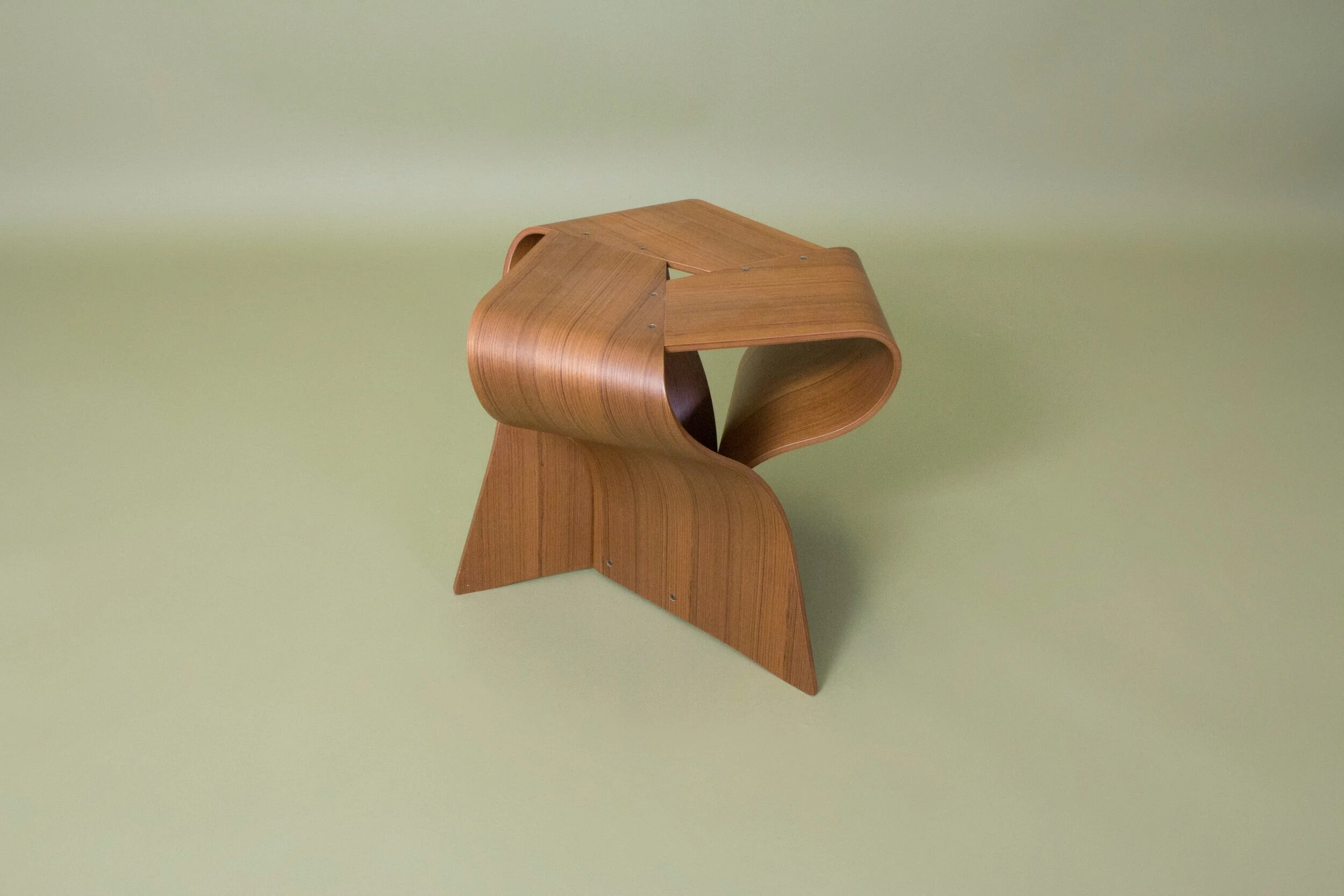Panier bambou, Hanakago, Japon









Panier bambou, Hanakago, Japon
Hanakago, panier pour l’ikebana,
Vannerie de bambou et bois vernis
XXème siècle
H 100 x L 29 x P 24 cm
Très bon état général, sans otoshi (vase intérieur)
Exceptional Hanakago, Ikebana Basket , Japan
Bamboo weaving and root varnished
XXth century
H 100 x L 29 x P 24 cm
Very good overall condition, without otoshi (inside vase)
Pour aller plus loin, voir le catalogue de l’exposition Fendre l’air au musée du quai Branly
La vannerie de bambou est très répandue en Asie du Sud-Est; cette essence est facilement disponible dans l’archipel nippon et ses variétés sont très diverses. Son usage est d’abord exclusivement consacré à la fabrication d’objets utilitaires liés à des métiers et des besoins spécifiques régionaux.
Puis avec la popularité de la cérémonie du thé au Japon au cours de la période Edo au début du XVIIe siècle, la demande de paniers pour les arrangements floraux, hanakago, grandit; l’Ikebana devient un élément essentiel du chanoyu. Les paniers utilisés lors de la cérémonie du thé sont l’objet d’une attention particulière. Le hanakago est d’une asymétrie maîtrisée, son tressage est irrégulier : il est une forme d’expression du wabi-sabi défendu dans la philosophie du Chado, la voie du thé.
Au XIXe siècle, dans la région du Kansai, un groupe d’artistes s’éloigne de l’influence chinoise et envisage une approche plus artistique de la vannerie. Ils explorent les rapports entre le plein et le vide chers à la philosophie zen ainsi que les crevasses tout en se rappelant que le bambou est la matière qui donne forme à leurs paniers.
Le traitement réservé au bambou est long, il passe par de nombreuses phases de préparation depuis le moment où il a été choisi, séché, fendu, assoupli, bouilli, enfumé, laqué afin de présenter différents aspects en un même objet.
Chaque panier est l’oeuvre d’une seule personne qui exprime entièrement son individualité par les choix qu’il fait lors de de ce long processus ; c’est un art de donner forme au bambou par la vannerie et de savoir le traiter pour lui donner stabilité à travers les années.
Ce sont des lignages familiaux qui perpétuent la transmission des savoirs-faire; parmi eux, quelques maîtres se sont particulièrement distingués au moment où l’Occident découvrait le Japon, à la charnière entre XIXème et XXème siècles; Iizuka Rokansai (1890-1958), Hayakawa Shôkosai III (1864–1922), Tanabe Chikuunsai I (1877-1937)
Ces derniers font forte impression sur les visiteurs occidentaux du Japon durant la première moitié du XXè siècle.
Le pionnier est le directeur du musée de Hambourg, Justus Brinckmann(1877-1915) qui constitue la première collection de paniers japonais en dehors du Japon; après lui, Bruno Taut(1880-1938) est attentif à cet art lorsqu’il s’installe au Japon en 1933, et actuellement le plus important collectionneur de paniers japonais est Lloyd Cotsen qui en collecte depuis 30 ans.
Pour en savoir plus sur l’artisanat au Japon
To go further, see the catalogue of the exhibition Fendre l'air at the musée du quai Branly Bamboo basketry is widespread in Southeast Asia; this species is readily available in the Japanese archipelago and its varieties are very diverse.
Its use is initially exclusively devoted to the manufacture of utilitarian objects related to specific regional trades and needs. Then with the popularity of the tea ceremony in Japan during the Edo period at the beginning of the 17th century, the demand for baskets for floral arrangements, hanakago, grew; Ikebana became an essential element of chanoyu.
The baskets used in the tea ceremony are the object of particular attention. The hanakago is of a controlled asymmetry, its weave is irregular: it is a form of expression of wabi-sabi defended in the philosophy of Chado, the way of tea. In the 19th century, in the Kansai region, a group of artists moved away from Chinese influence and considered a more artistic approach to basketry. They explored the relationship between the full and the empty, dear to Zen philosophy, as well as the crevices, while remembering that bamboo is the material that gives shape to their baskets. The treatment reserved for bamboo is long, it goes through many phases of preparation from the moment it has been chosen, dried, split, softened, boiled, smoked, lacquered in order to present different aspects in the same object.
Each basket is the work of a single person who fully expresses his individuality through the choices he makes during this long process; it is an art to give shape to bamboo through basketry and to know how to treat it to give it stability over the years. Family lineages perpetuate the transmission of know-how; among them, some masters particularly distinguished themselves at the time when the West was discovering Japan, at the turning point between the 19th and 20th centuries: Iizuka Rokansai (1890-1958), Hayakawa Shôkosai III (1864-1922), Tanabe Chikuunsai I (1877-1937).
These last ones made a strong impression on Western visitors to Japan during the first half of the 20th century. The pioneer was the director of the Hamburg Museum, Justus Brinckmann (1877-1915), who built up the first collection of Japanese baskets outside Japan; after him, Bruno Taut (1880-1938) paid attention to this art when he moved to Japan in 1933, and currently the most important collector of Japanese baskets is Lloyd Cotsen, who has been collecting them for 30 years.










